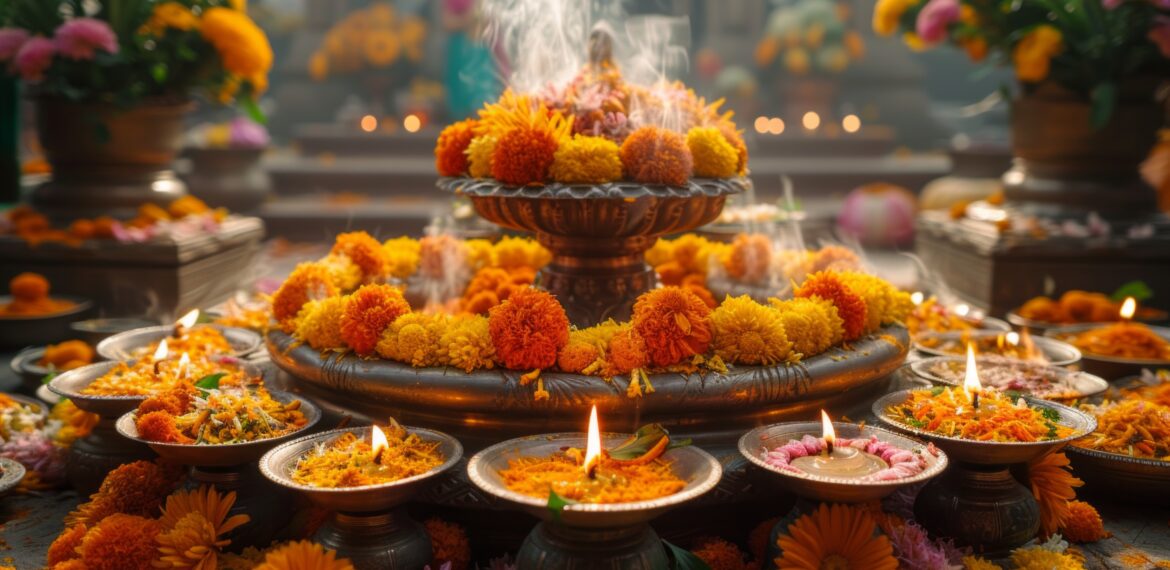In Indian culture, the home is not just a living space — it’s a reflection of spiritual energy,
traditions, and harmony. Whether you’re building a new house, buying a flat, or renovating,
incorporating Vastu Shastra or culturally relevant design tips can help attract positive energy
and prosperity into your home.
In this blog, we’ll explore practical and effective Vastu tips for Indian homes along with some
cultural design elements that align with traditional Indian beliefs and aesthetics.
Top Vastu Tips for Every Indian Home
A. Main Entrance Direction
● Ideal direction: North, East, or Northeast.
● This direction is considered auspicious and attracts positive energy.
● Avoid placing the main door in the Southwest corner.
B Living Room Placement
● Position the living room in the East or North direction.
● Use light or neutral colors to enhance calmness and good vibrations.
● Avoid clutter and ensure proper natural light and ventilation.
C Kitchen Vastu
● The kitchen should ideally be in the Southeast corner of the house.
● Place the cooking stove in a way that the cook faces East while cooking.
● Avoid placing the kitchen directly under or above a pooja room or bathroom.
Culturally Inspired Design Tips
A. Pooja Room or Meditation Corner
● A sacred space or altar facing East or Northeast is considered ideal.
● Use brass lamps, spiritual artwork, or traditional bells.
● Keep the area clean, quiet, and clutter-free.
B. Use of Traditional Materials
● Incorporate elements like terracotta, brass, wood, and handcrafted décor.
● These materials reflect Indian heritage and connect with nature.
Conclusion
Incorporating Vastu Shastra and culturally relevant design tips into your home doesn’t mean
compromising on style. It’s about blending functionality with tradition, aesthetics with energy,
and modern design with spiritual principles.


